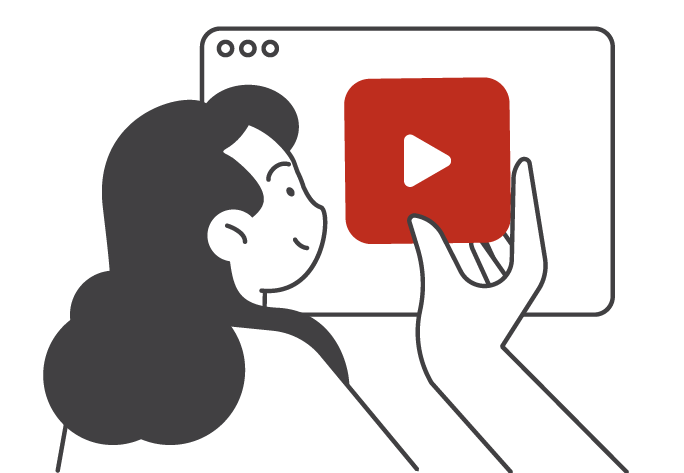Harnessing The Power of Accessible Content: Expand Your Audience with Accessibility
While digital accessibility serves many purposes, the main goal of implementing an accessible content strategy is to ensure that audiences with certain disabilities are able to access the same content just as easily and effectively as those without disabilities. Additionally, accessible content allows Google and other search engines to show your content to a wider audience. If a webpage is accessible and effectively answers the question of the searcher, the content has a higher chance of becoming a snippet in Google’s “AI Overview”.
Before we dive into tips, let’s review a few stats from Accessibly:
98% of websites are not Web Content Accessibility Guidelines (WCAG) compliant.
22.1% of homepage images don’t have alt text, making the most prominent image invisible to disabled users.
16% of people in the world live with some kind of disability and over 84 million of these individuals are US internet users.
What Is Accessible Content?
Accessible content is any piece of media or tool that supports online activity for people with disabilities. This can range from visually impaired users who need larger text on the screen to audible CAPTCHA features for users who need to hear rather than see the puzzle.
The Website Content Accessibility Guidelines Version 2.1, Level AA (WCAG Accessibility), were created by the World Wide Web Consortium and serve as a comprehensive guide for businesses aiming to improve web content accessibility.
Are you unsure if your website is compliant with web accessibility guidelines? Try this free WCAG compliance checker to see if there are any problem areas on your page or try the new HubSpot Website Accessibility checklist to identify any problems to your page.
Implementing Accessible Content in Your Marketing Strategy
Visual Aids
Screen Readers are a common tool used by the visually impaired. Ensure that all text is large and easy to read so that screen readers can access any necessary information. It's also important to remember to use alternate text for images- especially any image that adds context to your page, such as hero images.
Audio Aids
Captions and transcripts significantly enhance content accessibility. If you are working on an audio-only project such as an interview, webinar, or podcast, include both audio and written transcripts to provide extra context for those who cannot view any accompanying images.
Pro-Tip
Use AI to read your blog and make an MP3 file of the reading. Placing this on your website allows the audio aid to help blog viewers stay on the page longer and listen to your page.
Intentional Design
Design can also play a key role in creating accessible digital spaces for potential clients. Research shows that using high-contrast colors with large, legible fonts makes it easier to read difficult text. You can also use bullet lists to break up large blocks of text, making it easier to read.
Pro Tip: Avoid bright, flashing lights due to their ability to cause discomfort in individuals with photosensitivity.
Here are a bunch of other quick tips to help you level up your website’s accessibility:
Audit your website copy for clarity. Writing at an 8th-grade reading level and avoiding jargon ensures that most people will be able to understand your content. You can use a tool like Grammarly to help.
Ensure that text resizes well for users who zoom in on your website.
It’s 2025, please, please, please, mobile optimize your website.
Use more descriptive buttons, “contact us now” instead of “click here”.
Avoid interactions that are dependent upon a cursor hover, these aren’t not friendly to all users.
Avoid using offline content such as embedded PDFs in your website pages.
Make Accessibility Part of Your SOP
Optimizing your website for accessibility is like anything else on your website; it’s a living, breathing, ongoing project. Add accessibility protocols to your ongoing content strategy, so they become part of your standard workflows.
Need website help? Reach out to the Red Brick Partners team!



